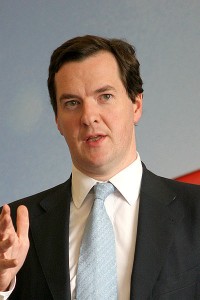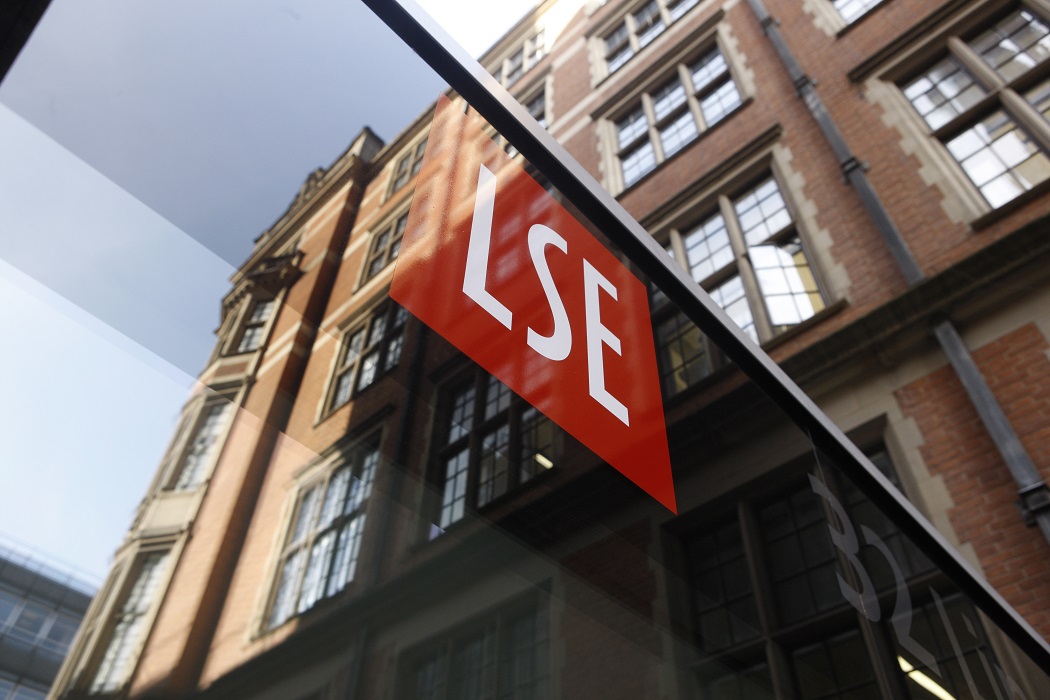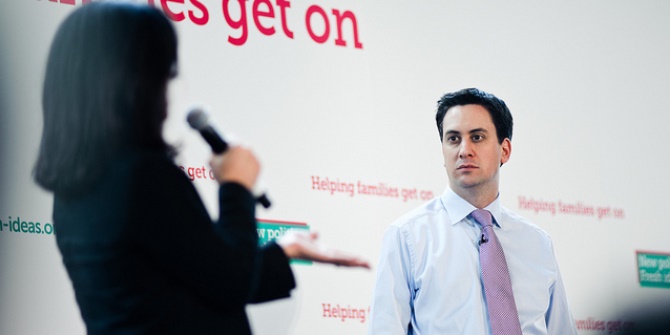News that the economy is finally gathering strength allowed George Osborne to declare with glee that the UK was ‘turning a corner’ and that his austerity programme is working as he promised. On Azizonomics, John Aziz writes that “A tiny uptick after a huge and long depression is barely anything to celebrate. It is a probabilistic certainty that after falling off a cliff and lying prone on the ground awhile, things will one day sooner or later tick upward.”
On his New York Times blog, Paul Krugman writes that “from a sheer political point of view gratuitously depressing the economy for the first half of your term in office can be a very smart move”.

Jules Birch remarks on the symbolic choice of venue for the Chancellor’s speech; a tower development in London that ceased construction at the height of the financial crisis but has since resumed work. “[It] is undoubtedly a symbol of what went wrong in the economy leading up to the crisis of 2007/2008: an unsustainable boom in borrowing followed by a credit crunch. Was Osborne’s choice of venue a symbol of sustainable recovery or of lessons that have not been learned?”
Despite the arguments and evidence by academics suggesting that the austerity programme has been an avoidable disaster, many still buy the government’s narrative. The New Economics Foundation blog explores why the coalition’s austerity story is so powerful.
Finally, Colin Hines gives a rundown of the Green New Deal on the ToUChstone blog. “This huge programme will provide a massive boost in economic activity, but in a way which provides jobs on a living wage in every community in the UK, whilst reducing our environmental impact.”






